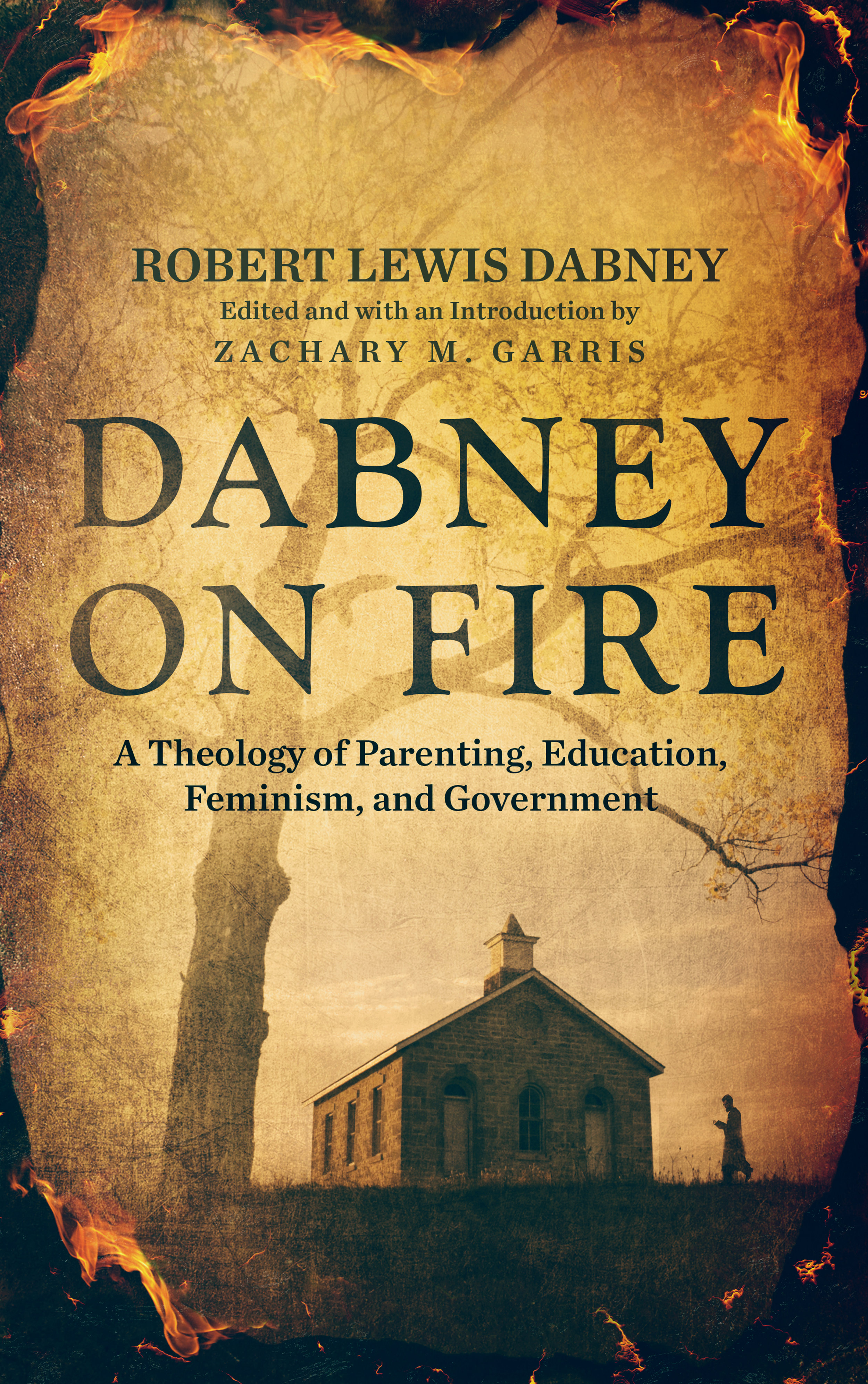Modern European History Curriculum
/I have been advocating the following history curriculum for four years of high school. Here I would like to recommend resources for Modern European History.
(1) Ancient History (Ancient Near East, Greece, Rome, early church)
(2) Medieval History (Christendom through the Reformation)
(3) Modern European History (Reformation through the present)
(4) American History
Modern European History
Modern European history starts where the medieval period ends. The easy marker here is 1500 A.D. The Byzantine Empire fell in 1453 A.D., and the Reformation began in 1517 A.D. Both of these events brought great change to Europe. The makings of the Reformation had been brewing for centuries, with the humanist emphasis on the original sources being pivotal (in this case, the Bible). The invention of the printing press then allowed the Reformers to communicate their message with the masses.
The Reformation spread like wildfire and brought upheaval in Catholic Europe. As European nation-states developed further, they would now associate with different churches—Catholic, Lutheran, Reformed, and Anglican. But the Reformation did not end in bliss. It was followed by the Enlightenment, which sought to replace religion with “reason.” Such rationalism weakened the church over the centuries, resulting in Europe’s complete secularization by the 20th century.
Modern European history is also filled with political struggle. New nations were formed, and old ones fought to expand their power. Just think—in the past 500 years, Europe has witnessed the Thirty Years’ War, the rise of the British Empire, the French Revolution, the American Revolution, World War I, and World War II. These political movements cannot be understood apart from Europe’s religious history, as these revolutions and wars were influenced by a variety of worldviews and ideologies.
The significance of this period cannot be overstated. One simply cannot understand present events in the world without a basic knowledge of European history since 1500. This is a fascinating, though somewhat complex, period of history. Europe controlled the world during this time, and along with its daughter, the United States, Europe still is a major player in world politics.
Modern European History for Children
One of the best resources for teaching children history is Susan Wise Bauer’s series for grades 1–6, The Story of the World: History for the Classical Child. (She covers ancient history in volume 1 and medieval history in volume 2). Bauer covers modern European and American history together in volumes 3 and 4 (rather than devoting an entire volume to American history). Students should begin with volume 3, Early Modern Times: From Elizabeth to the Forty-Niners. There is also an activity book and a test and answer key. After this, students can go on to volume 4, The Modern Age: From Victoria’s Empire to the End of the USSR, which also has an activity book and a test and answer key.
Modern European History for High School (and Beyond)
High school is a time for in-depth study of modern European history. I recommend studying modern European history in the 11th grade, following ancient history in 9th and medieval history in 10th. However, these can be adjusted for the individual student.
As mentioned before, there are video resources that cover the entire history of Western civilization from Roman Roads Media and Ron Paul Homeschool. The Ron Paul Western civilization courses can be purchased individually from Tom Woods Homeschool (there are two full-year courses). I strongly recommend these video courses from Woods. On the right is a sample video lesson.
I also strongly recommend Tom Wood's Liberty Classroom, which has two excellent courses on Western civilization. The second course (see above) covers modern European history. These courses are taught for adults but can also be used by intelligent high schoolers. Liberty Classroom offers many other great courses on history and economics, which can be downloaded and listened to in the car. You can subscribe to all their courses for only $89 per year.
Books work well as a supplement to video lessons. Here are some books on modern European history that I recommend:
Western Civilization by Jackson Spielvogel. This college-level history textbook can be used at the high school level. It systematically covers all of Western civilization, concluding with modern European history. As a hardcover book that covers most of history, it is a worthwhile purchase. They also sell a two-volume softcover set. Volume 2 is expensive, so it is only a better price if you do plan on covering modern Europe. Volume 1 is cheaper but does not go past 1715.
The Story of Christianity: The Reformation to the Present Day (Volume 2) by Justo Gonzalez. This is a church history book that covers from the Reformation to the present. Church history is fundamental to European history, as one cannot understand modern Europe without understanding the Reformation and the later Enlightenment (which was basically a rebellion against Christianity). This book should be read alongside works that focus more on the political history of Europe. I recommend this along with volume 1.
Europe by Brendan Simms. The subtitle of this book tells you what it is about—The Struggle for Supremacy, from 1453 to the Present. This is a political history of Europe from 1453 to 2011. It is a large book at 534 pages with long chapters. It is not an easy read, but there are not many books of its kind.
Modern European History by Birdsall Viault. This is a great reference book to have on your shelf. It has succinct chapters that summarize the history of Europe from the late middle ages through 1990. You may not want to read the book straight through, but it is helpful for looking up particular topics. If you have to choose between this and Simms above, get this one.























